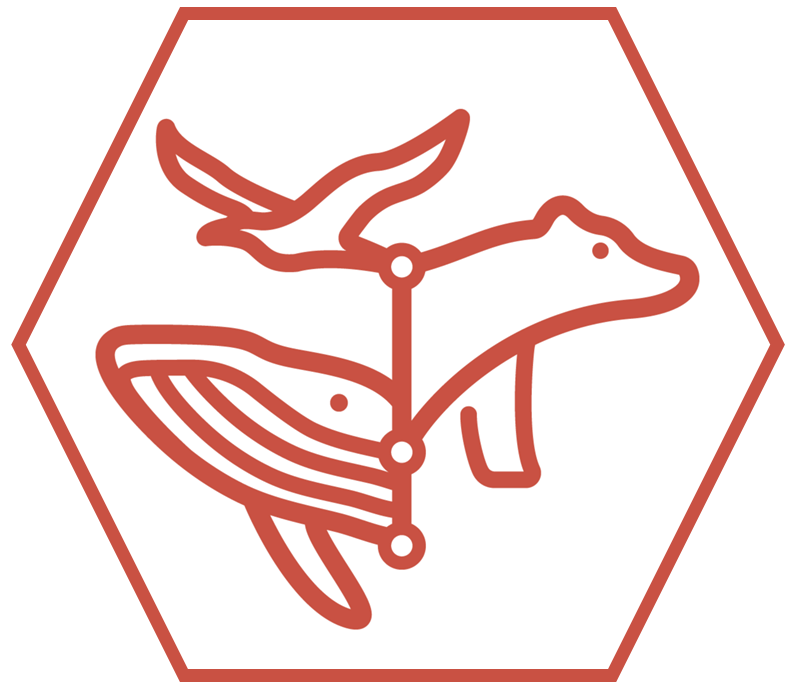Developing and evaluating methods to determine abundance and trends of northwest atlantic loggerhead turtles
Citation
Schroeder, B. A., A. B. Bolten, R. F. Hardy, J. L. Keene, W. L. Kendall, A. M. Lauritsen, T. L. McDonald, C. R. Sasso, and J. A. Seminoff (2020). Developing and evaluating methods to determine abundance and trends of northwest atlantic loggerhead turtles. Tech. rep. NOAA Technical Memorandum NMFS-OPR-67. National Marine Fisheries Service.
Abstract
The National Marine Fisheries Service, Office of Protected Resources, convened a Workshop November 15-17, 2016 with the following objective: determine whether an in-water sampling plan for Northwest Atlantic loggerhead sea turtles (Caretta caretta) in neritic foraging habitats can or cannot be practically designed and implemented to provide long-term, statistically robust population abundance estimates to assist in monitoring population trends over time. The Workshop was hosted by the United States Fish and Wildlife Service and was held at the United States Geological Survey St. Petersburg Coastal and Marine Science Center, 600 4th St S, St. Petersburg, FL 33701. Experts in sea turtle biology, sea turtle in-water and aerial survey monitoring techniques, and experts in assessing abundance and trends in terrestrial and non-sea turtle marine taxa participated in the Workshop. The Workshop opened with presentations and discussions on current abundance sampling methodologies and analytical approaches for sea turtles and other taxa. These presentations included line transect methodologies (aerial- and vessel-based) and capture surveys (capturemark-recapture and catch-per-unit-effort analyses). Occupancy and density modeling were also discussed. Biological and ecological constraints and challenges were presented and discussed for the various methodologies. Workshop participants discussed and coalesced around the development of a sea turtle-focused aerial survey research methodology as the most feasible approach to estimating in-water abundance and monitoring population trends of Northwest Atlantic loggerheads over time. Workshop participants discussed sampling plans and identified the most important next steps toward developing a robust, sea turtle-focused aerial survey research methodology. These next steps are intended to guide survey design development. Following the Workshop, the conveners requested additional input from Dr. Trent McDonald regarding his recommendations to use a rotating panel design aerial survey to provide long-term population trend information for the Northwest Atlantic loggerhead population. Dr. McDonald presented an outline for such a study design, presented in Part III of this Workshop report.
